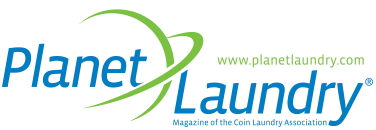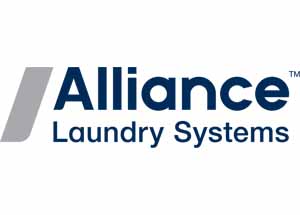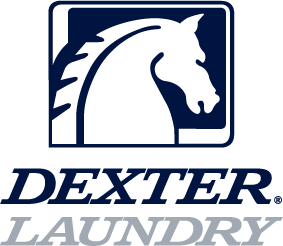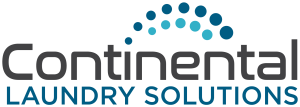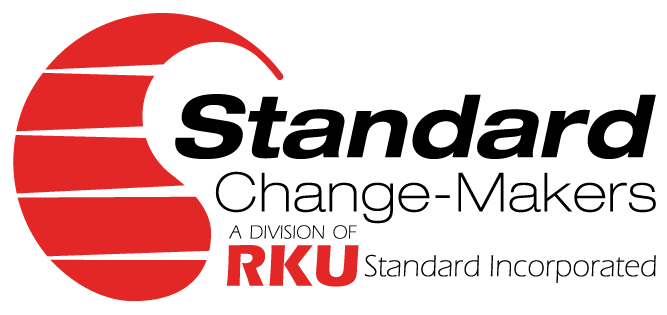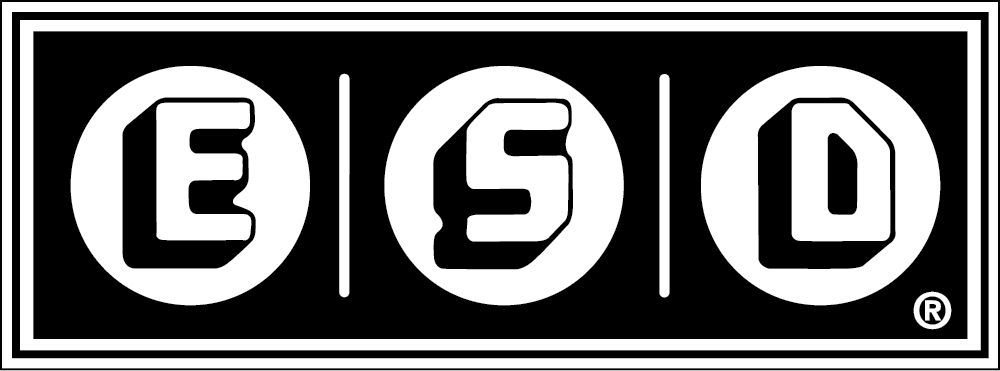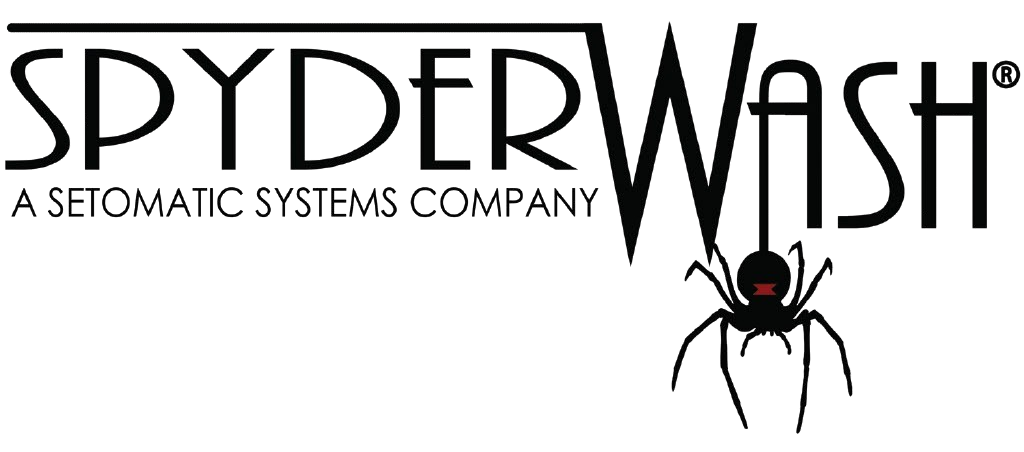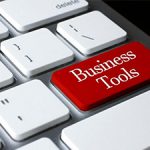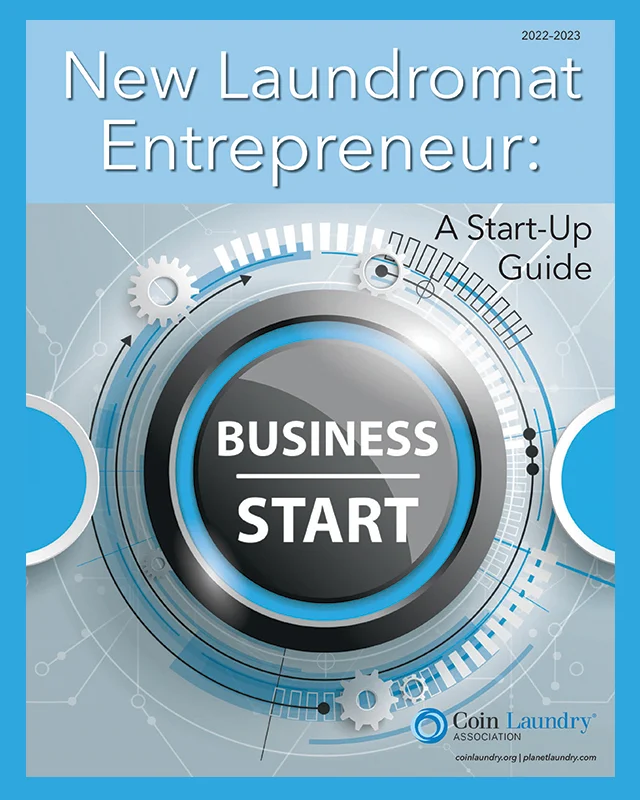Profit, Performance, and Planning in Vended Laundry
The laundromat business is like most businesses in that you need to do a lot of things right to be successful. But how do you know if it’s working? According to successful owners, you just need to look at the numbers … often.
“I look at the numbers every day,” said Michal Finkelstein, a multi-store operator in the southeastern U.S. “For me, when looking at expenses I’ll sort by key categories like utilities. Looking through the data can help identify any outliers that need to be looked at more closely and I can keep close track of what’s going on in my business.”
Finkelstein pointed to spiking water bills as one example. “If I see that one store had a much higher water rate than the other, and that’s not lining up with the turns we’re doing at that store, we probably had a problem with the water, and I can follow up.”
He’s also monitoring revenue reports daily to check performance but cautioned against taking too myopic a view. “One day, or week, or month doesn’t make or break your business,” he said. “You want to look for trends in the data and that will help you know whether you need to make changes in your business.”
Jake Barone, Laundry House CEO, said they also spend a lot of time with the numbers; especially as it relates to hourly activity at their stores. “Our primary sales metrics are Turns Per Hour (TPH) and vend price,” he said. “Since each machine has a finite number of cycles per day, we meticulously track hourly utilization via a heatmap in our proprietary reporting software.”
It’s one thing to collect and look at the numbers. But it’s only useful if the data is actionable. Barone and the team at Laundry House leverage the data to identify peak demand periods and enable dynamic pricing to manage demand and maintain their desired customer experience. Once they see above 1.4 Turns Per Hour (TPH) during peak hours, they adjust. “When customers consistently face crowded conditions and limited machine availability the quality of their laundry experience suffers,” he said. “This risks losing experience-focused customers and leaving primarily price-sensitive customers behind – a situation we strive to avoid.”
According to Barone, this level of monitoring also helps when they want to boost off-peak hours. “We have implemented targeted incentives and marketing campaigns designed for specific customer segments likely to use non-peak hours,” he said.
BENCHMARKING
Measuring and monitoring your expense ratios and net profit margin can be extremely useful for your business, but only if you have data to compare it to and give it context. The latest CLA Industry Survey provides benchmarks for laundromat owners around a few key categories.
For example, when looking at monthly rent as a percentage of revenue 72% of respondents are below 29%, with the average at 24%.
Utilities, on average, came in at 21% of gross revenue. If you’re above the average, according to Finkelstein and Barone, there are ways to push those numbers lower. “In some cases, you may be able to lock in some of your utilities with contracts,” Finkelstein said. “Not everywhere but explore those options because if you can lock in your rates, you can eliminate some of the variability.”
For Barone, his team is pushing toward high efficiency equipment. “We’ve made significant investments in high-efficiency units, despite the higher initial cost,” he said. “These substantially reduce water and gas consumption, keeping our utility expenses below 13% of revenue.”
In addition to the primary expenses of rent and utilities, the cost of labor is next in line. CLA’s survey shows that laundromats with employees will spend at an expense ratio of 22% of gross sales. “Those operators who may be hands on or are strictly self-service providers may be able to bring that ratio down,” said CLA CEO Brian Wallace. “While those offering wash-dry-fold and delivery may need to spend a bit more in relation to topline sales to support offering those services.”
Benchmarking data isn’t absolute. “Market conditions and store strategies vary significantly,” Barone said. “A laundromat can excel even with rent as high as 40 percent of revenue if demographics and store size support high utilization and premium pricing.”
According to Wallace, being aware of industry benchmarks is certainly valuable, but it’s more important to monitor individual store performance. “The recurring nature of laundromat sales volume makes it easier to identify outlier moments – if you’re paying attention,” he said.
Finkelstein agreed. “The numbers are guidelines,” he said. “I try to look at each store and I try to offer each kind of machine in every store. We’re a destination and I want to make sure what the customer wants is available to them.”
MARGINS
However, the guidelines can’t all be ignored at the same time. “If each of your main expense areas (rent, utilities, labor) all bump to 30% then it’s going to be pretty slim pickings,” Finkelstein said.
According to the survey, operators are averaging 26% net profit margin. Barone sets the target for Laundry House to be in the 12% of operators who boast a 40% or higher net profit margin. “We aim for a 45% net profit margin once locations stabilize,” he said.
One tool available to attentive laundromat owners is the ability to modify vend prices to bring key ratios in line with the desired targets. “Veteran operators will remind us that the best time to adjust prices is when making improvements to the store,” Wallace said. “Whether those be for aesthetics and customer comfort or in the form of equipment upgrades.”
Barone said short‑term unhealthy expense ratios aren’t inherently problematic, particularly during growth phases or after acquiring an underperforming store. He said strategic marketing investments can push operations into short‑term loss but pay off when customer acquisition cost (CAC) is measured against lifetime value (LTV). “While initial marketing investment can lead to temporary financial pressure, the long-term gains in customer loyalty and revenue growth far outweigh short-term sacrifices,” he said.
Barone cited the example of a $30 CAC that generates $35 a month at an 85 percent margin yields $357 in first‑year gross profit—a 1,200% return.
UNEXPECTED AND OVERLOOKED EXPENSE
According to Barone, distinguishing between store-level expenses and operating company-level expenses can ensure clarity in financial planning and identifying necessary investments for long-term growth.
“Strategic investments that help manage growth and streamline operations across multiple locations are important,” he said. “Things like productivity software, specialized consultants, branding initiatives and custom software development aren’t essential to daily store operations but they’re crucial for efficiently scaling the business, enhancing customer acquisition, and strategically growing your brand.”
Those operators looking to scale beyond a couple of locations will also have to consider adding to the overhead with additional personnel like store managers overseeing multiple locations and perhaps even full-time equipment technicians to maintain uptime for that growing inventory of washers and dryers across the chain.
And as the size of the organization increases, the need for investment in training that goes beyond a book of standard operating procedures increases. “Training your people to make sure that everything is getting done properly to create the experience you want takes investment,” Finkelstein said. “I want to keep a clean, safe environment, get a clean wash, and make customers happy because it’s a good experience.”
Beyond those investments, Finkelstein said you must also account for the continuous investment for things like equipment replacement, store remodels, and parking lots. “You need to budget for these things,” he said. “But when you’re budgeting you want to be realistic. You need to be constantly investing in your business, so it should have a place in the budget. Plan your work and work your plan.”
LONG-TERM VALUE
The best formula for long-term value is to stay on top of the net profit while planning for future equipment upgrades and keeping an eye on the time left on a lease. “If you’re not ready to spend to re-equip now or if your landlord is unlikely to offer additional lease extensions, the best time to sell at maximum may be today,” Wallace said.
At a macro-level, there are laundromat lifecycles. Beyond the day-in and day-out of store performance, the economics of the laundromat business are ultimately determined by the timing of equipment replacement investments, duration of leases and preparing to sell the business at maximum value down the road.
“Quite often, even profitable laundromats sell when they are worth the least — meaning at a time in the store’s lifecycle when the equipment has reached its useful lifespan — and the lease time has dwindled,” Wallace said. “One can’t easily pick up and move a laundromat, so the expiration of the lease looms large. And the cost of recapitalizing the business can deter an educated buyer from paying top dollar knowing the sizable investment to come.”
Paying close attention to these key factors should support decisive action — because every day the lease gets shorter, and the equipment gets a day older. “Understanding the economic factors crucial to maintaining net profitability today paired with understanding where your store is in its lifecycle will go a long way toward making the best decisions,” Wallace said.
